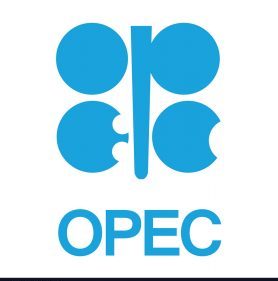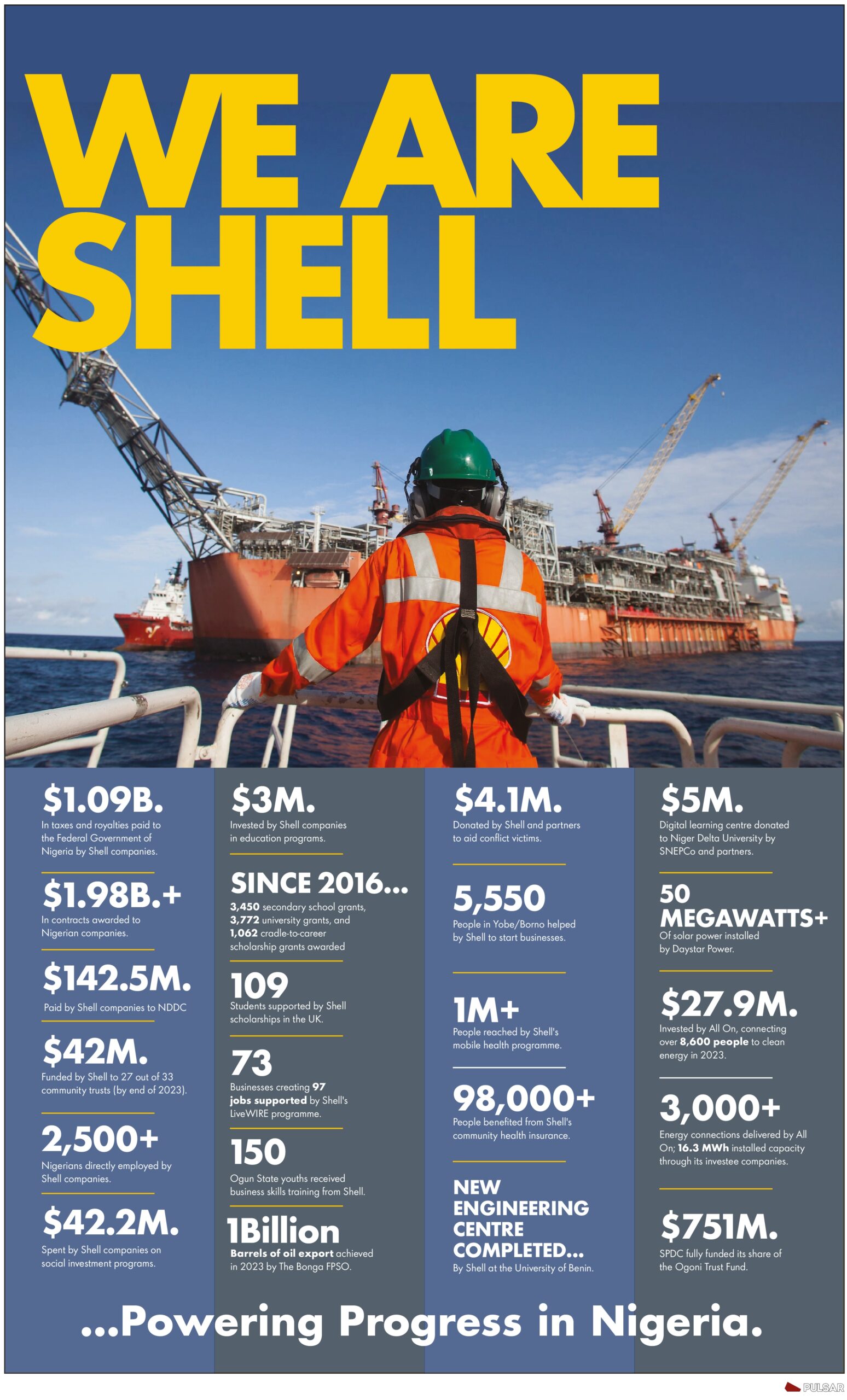OPEC+ may have to make much deeper cuts to their collective oil production targets this winter as a recession looms over Europe as it struggles with a severe energy crisis and China shows signs of waning oil demand.
The token 100,000-barrels-per-day (bpd) cut announced this week is largely irrelevant to the oil market balance. But it sent a strong message to the market that the OPEC+ alliance is back in price-watch mode and appears determined not to let oil fall too far below $90 a barrel, analysts say.
Recession Fears
After an initial rally on the surprise – albeit negligible – cut to their production targets, the oil market saw the OPEC+ move as an admission of expectations of lower demand. This, coupled with fresh “zero-COVID” policy lockdowns in China, weighed on oil prices on Tuesday and Wednesday. Brent Crude prices fell this week to below $90 per barrel – the lowest level since January, before the Russian invasion of Ukraine. Add to this the expected imminent recession in major European economies – triggered by the energy crisis and sky-high prices – and the aggressive interest rate hikes from central banks, including the Fed, and the economic prospects for the world don’t look great right now.
A recession in the Eurozone now appears likely due to the deepening gas crisis, Fitch Ratings said in a report last week, even before Russia said the Nord Stream gas pipeline to Germany would remain shut indefinitely.
While it currently looks like OPEC+ is trying to defend the $90 a barrel mark, it may have to cut production much deeper and could end up defending $50 a barrel oil early next year, Clyde Russell, Asia Commodities and Energy Columnist at Reuters, argues.
Supply Uncertainties
The global economic slowdown and a looming recession in Europe will weigh on oil demand and prices. But there are major uncertainties in supply, too. Therefore, even in an energy-crisis-induced recession, the oil market could still be tight enough to support high oil prices. That’s because it’s currently anyone’s guess how the planned price cap on Russian oil will impact markets, especially if Russia follows through on its threat to stop exporting its oil to importers that will have joined that cap mechanism.
Vladimir Putin upped the ante on Wednesday, saying that Russia would stop supplying all energy products to Europe if the EU and its Western allies imposed price caps on Russian oil and natural gas.
“We will not supply gas, oil, coal, heating oil – we will not supply anything,” Putin said.
The planned price caps on Russian oil and gas exports are yet another “stupidity,” the Russian president said, adding that Europe has made “stupid decisions” and is now trying to figure out how to get away from them.
Another major uncertainty in supply, this time a bearish factor for oil prices, is the possibility of a revival of the Iranian nuclear deal, although the latest developments point to a move “backwards” in the indirect EU-mediated U.S.-Iran talks on a final draft of a possible agreement.
On the other hand, the always unpredictable Libya could at any time halt exports again amid still-unresolved differences over who is in control and who should get the country’s main export revenues – those from crude oil.
OPEC+ In Price-Watch Mode
Due to these uncertainties, it’s no surprise that OPEC+ and Saudi Arabia in particular signaled they would watch oil market developments carefully. The alliance has never publicly admitted that it prefers a certain price of oil, but right now, it looks like it is set on not letting prices fall too much.
OPEC+ decided on Monday that it could call a meeting at any time to discuss other actions. The group decided to “Request the Chairman to consider calling for an OPEC and non-OPEC Ministerial Meeting anytime to address market developments, if necessary,” OPEC said.
By giving the alliance’s chairman, Saudi Energy Minister Prince Abdulaziz bin Salman, the power to call a meeting at any time if needed, OPEC+ sent a strong message to the oil market: cuts could come on short notice, “in any form.” This could mean that unilateral cuts may not be off the table, either.
While the token cut for October doesn’t change anything relating to fundamental supply/demand balances, OPEC+’s readiness to intervene whenever it deems necessary suggests that Saudi Arabia and other influential OPEC+ members believe that oil prices have seen enough sell-offs in recent months already. And they will fight to keep them “stable.” In other words,in the $90-$100 range.
As Brent prices dipped below $90 on Wednesday with recession fears front and center, expect “verbal OPEC+ intervention next,” Ole Hansen, Head of Commodity Strategy at Saxo Bank, said.
According to oil broker PVM Oil Associates, the expected rise in oil production from outside the OPEC+ alliance by the end of this year “pales in comparison to the potential supply shortfall on the horizon.”
“And with the Iranian nuclear deal still proving elusive and OPEC+ refraining from opening the taps, the long-running upward trajectory in global oil supply could soon come to an end,” PVM Oil Associates said in a note on Wednesday.
“As a result, the current tightness could intensify during the last three months of the year. This should be taken as an early warning sign for those betting on further price downside in the year-end period.”
By Tsvetana Paraskova for Oilprice.com

